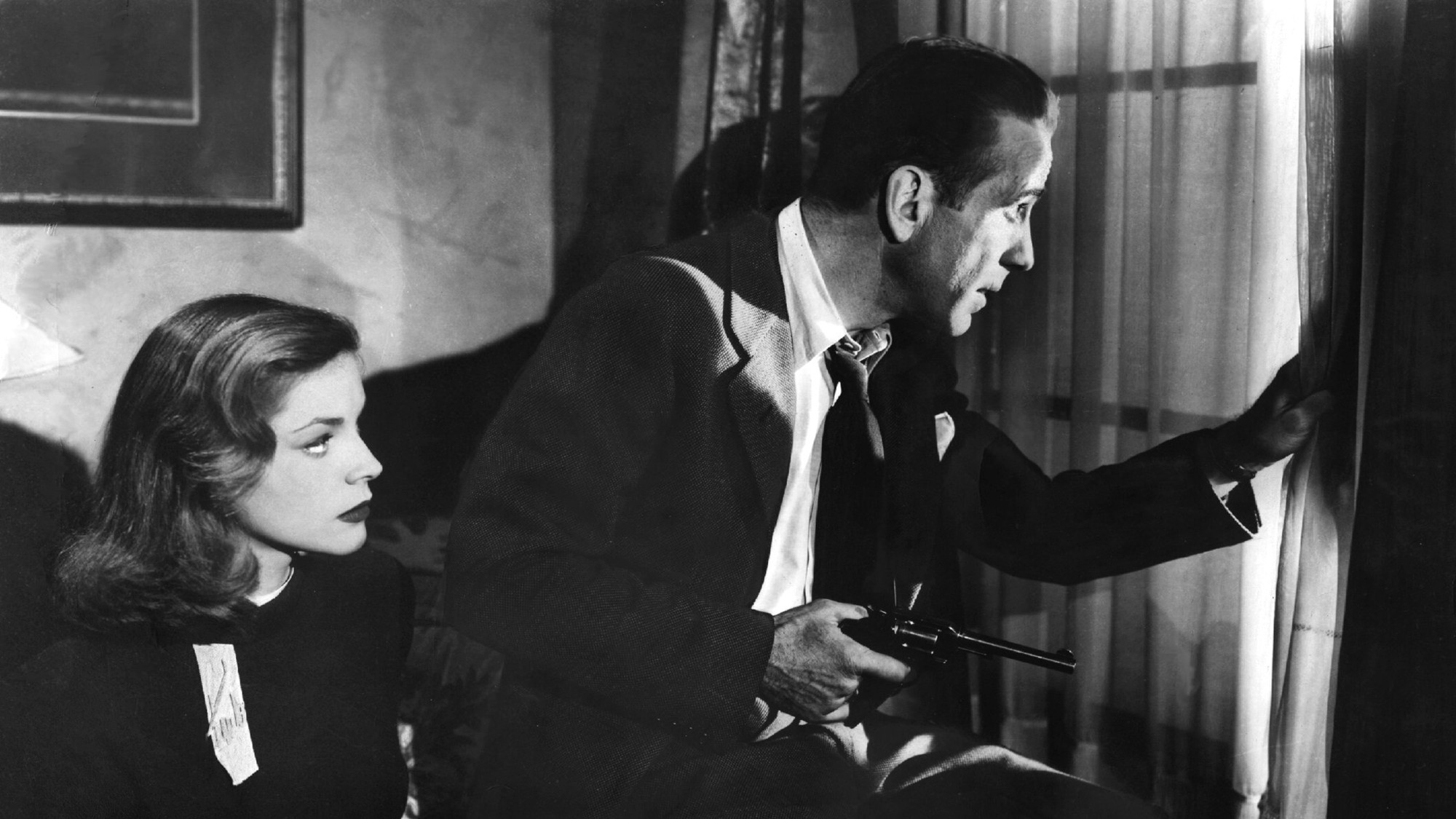The best way to take notes while reading
You should really try to engage in a conversation with the author


The first thing I do when I pick up a book is read the preface, the table of contents, and the inside jacket. Often, I'll glance over the index too.
This doesn't take long and often saves me time, as a lot of books do not make it past this filter. Maybe it doesn't contain the information I'm trying to gain. If it seems crappy, I'll flip to a few random pages to verify.
This filter is a form of systematic skimming. This isn't my term. Mortimer Adler, a guy who literally wrote the the book on reading, came up with it.
Subscribe to The Week
Escape your echo chamber. Get the facts behind the news, plus analysis from multiple perspectives.

Sign up for The Week's Free Newsletters
From our morning news briefing to a weekly Good News Newsletter, get the best of The Week delivered directly to your inbox.
From our morning news briefing to a weekly Good News Newsletter, get the best of The Week delivered directly to your inbox.
Adler says there are four levels of reading. I tend to blend inspectional reading and analytical reading together for most books.
Thanks to my systematic skimming, when I start reading the book, I have an idea about what it's about, the main argument, and some of the terminology involved. I know where the author is going to take me and the broad strokes of how they will bring me along.
While reading I take notes. I circle words I need to look up. I star important points that I think are critical to the argument. I underline anything that strikes me as interesting. I comment like a mad man in the margins. I try to tease out assumptions.
Essentially, I'm trying to engage in a conversation with the author.
A free daily email with the biggest news stories of the day – and the best features from TheWeek.com
Maybe my questions will be answered on the next page or in the next chapter. Maybe I'll need to find another book to answer them. Who knows? But I write them down.
At the end of each chapter, I write a few bullet points that summarize what I've just read.
When I'm done, I let the book age. I put the book on my desk and I won't touch it for anywhere from a few days to a week.
When I pick the book up again, I re-read every scribble, underline, and comment I've made (assuming I can still read my writing).
I'm not the same person I was the first time I read the book. Two things have changed: (1) I've read the entire book and (2) I've had a chance to sleep on what may have seemed earth shattering at the time but now just seems meh.
If something still strikes my interest, I write a note in the first few pages of the book, in my own words, on the topic. Often this is a summary, but increasingly it's ways to apply the knowledge. I index this to the page number in the book.
Sometimes — and this depends on the book — I'll create a sort of mental summary of the book's main arguments and gaps that I think exist. Sometimes I'll cross-link points with other books.
Then I wait a few days. I go through the book and copy out excerpts by hand, and put them into my repository or common place book. And there you have it: my preferred note-taking system. It's not magic, but it works for me.
More from Farnam Street...
Shane Parrish is a Canadian writer, blogger, and coffee lover living in Ottawa, Ontario. He is known for his blog, Farnam Street, which features writing on decision making, culture, and other subjects.
-
 Real-life couples creating real-deal sparks in the best movies to star IRL partners
Real-life couples creating real-deal sparks in the best movies to star IRL partnersThe Week Recommends The chemistry between off-screen items can work wonders
-
 Is China's giant new hydropower dam a 'water bomb' aimed at India?
Is China's giant new hydropower dam a 'water bomb' aimed at India?Today's Big Question River is a 'lifeline for millions' across Asia
-
 Aysegul Savas' 6 favorite books for readers who love immersive settings
Aysegul Savas' 6 favorite books for readers who love immersive settingsFeature The Paris-based Turkish author recommends works by Hiromi Kawakami, Virginia Woolf, and more